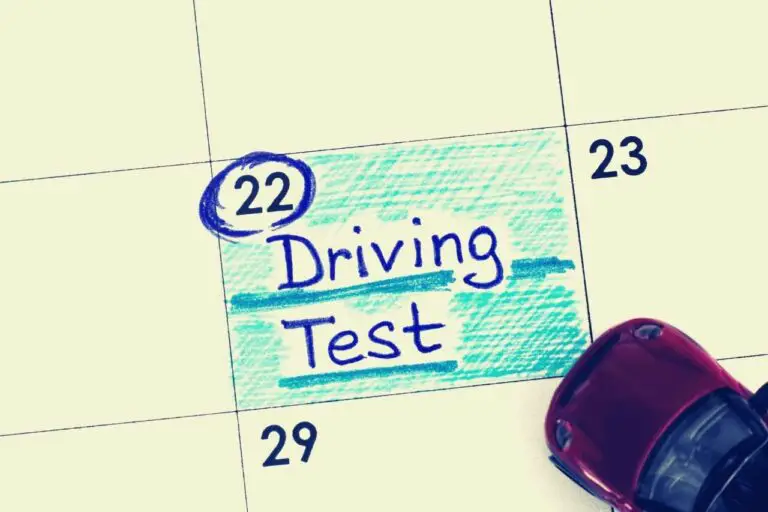What Is Brake Boosting ? Performance Enhancement
Brake boosting is a formidable method for unlocking a car’s engine’s untapped potential in automotive performance and driving dynamics. Understanding the underlying mechanics of this strategy is crucial as drivers and enthusiasts try to improve their acceleration and reaction.
To produce quick acceleration, a tactic known as “brake boosting” involves strategically changing the relationship between a vehicle’s brakes and engine. Drivers can use vacuum pressure and engine load concepts to unlock an additional power burst, exhilaratingly propelling their vehicle forward. What is brake boosting? In this article, we set out on a quest to unravel the mysteries of brake boosting.
What Is Brake Boosting?
A driving technique called brake boosting, often called power braking or two-footed braking, increases a vehicle’s acceleration from a stop or at low speeds. It includes simultaneously pressing the accelerator and brake pedals to increase engine power and increase the initial torque production. The fundamental idea behind brake boosting is the simultaneous application of the brakes and partial obstruction of the engine’s airflow with the closed throttle (accelerator pedal).
When the brake is released, the torque output will improve due to the increased engine load and potential energy stored in the intake manifold. In racing, drag racing, and other performance driving situations where quick acceleration from a standing start is essential, brake boosting is frequently used.
The vehicle’s drivetrain, transmission, and braking systems may be subjected to increased stress due to this strategy, which can improve acceleration. It should therefore be utilized sensibly and responsibly to prevent potential harm to the vehicle.
Who Should Try to Brake Boosting?
Brake boosting is a driving manoeuvre that should only be used by skilled drivers who are fully aware of their car’s capabilities and associated risks. It is primarily utilized to create quick acceleration from a standing start in performance driving situations, like racing or drag racing.
Brake boosting calls for a high level of coordination and driving ability. Inexperienced or new drivers could find it challenging to use the approach correctly and put other people and themselves in danger.
High-performance cars with robust drivetrains and powerful engines are more suited for brake boosting. Smaller or less powerful cars would benefit from the strategy less and might be more vulnerable to mechanical stress. Only in controlled conditions without pedestrians, traffic, or other hazards, such as racecourses or events specifically designed for performance, may brake boosting be attempted.
Drivers need to know whether their vehicle can handle the higher torque and acceleration that brake boosting places on these parts.
Brake boosting should never be utilized to drive aggressively on public roads or in regular traffic. It is a tactic that is best saved for particular performance circumstances.



Pros And Cons Of Boosting Brakes
Pros
- Positive improvements in acceleration from a stop or low speed are critical benefits of brake boosting. The car can launch and accelerate more quickly by increasing engine power before releasing the brake.
- Brake boosting is frequently employed in racing and performance-driving situations to gain a competitive advantage. Drivers can leverage the available torque for quicker lap times or better drag racing launches by making the most of their car’s capabilities.
- For car enthusiasts, understanding brake boosting can increase the thrill and excitement of driving, particularly during competitions.
- Brake boosting can supply the extra power required to carry out a pass safely and effectively in some circumstances requiring rapid passing.
Cons
- The engine, transmission, drivetrain, and braking system all experience increased stress due to brake boosting. Brake boosting that is frequent or excessive can hasten wear and potentially expensive repairs.
- Applying the brakes while the engine is being revved up can shorten the life of the braking rotors and pads by causing additional wear.
- Brake boosting can have unforeseen effects, such as wheel spin, loss of traction, or damage to driveline components if done incorrectly or excessively.
- Brake boosting can result in quick, aggressive acceleration, which could be risky under some circumstances, especially on public highways with other cars and pedestrians.
How To Brake Boost Properly (Manual And Automatic)?
Manual transmission vehicles
- Put your left foot on the clutch pedal and your right foot on the brake pedal for manual transmission vehicles.
- Ensure the car is in first gear and the engine is idle.
- To keep the car in position, firmly depress the brake pedal with your right foot.
- The engine should be revved to a higher RPM than idle by simultaneously depressing the accelerator pedal (with your left foot). Your vehicle and its performance parameters will determine the precise RPM.
- Release the clutch pedal swiftly and smoothly while maintaining pressure on the brake pedal once the engine has reached the appropriate RPM.
- As soon as the clutch engages, let go of the brake pedal to let the additional torque propel the car ahead.
Automatic transmission vehicles
- Put your left foot on the ground and your right on the brake pedal for automatic transmission vehicles.
- Ensure that “Drive” is selected on the automatic transmission.
- To keep the car in position, depress the brake pedal firmly.
- Your right foot should press the accelerator pedal to increase engine RPM past idle.
- Holding the brake pedal, let go of it immediately to let the additional torque propel the car forward.
Tips For A Proper Brake Boosting
- In high-performance automobiles with powerful engines, brake boosting is more effective. Ensure your car has a sturdy drivetrain and is suitable for this procedure.
- Make sure your vehicle is in good mechanical shape before attempting brake boosting. Inspect the brakes, tires, and other essential parts to ensure they can withstand the strain.
- Only try brake boosting in controlled conditions, such as racetracks or performance events. Avoid using the streets, the traffic, and pedestrian-populated places.
- Warm up your tires properly before trying brake boosting. Warmer tires provide better traction and a lower chance of wheel spin.
- Ensure your left foot rests on the floor or the clutch in an automatic vehicle and your right foot is firmly planted on the brake pedal in a manual vehicle.
Here’s An Interesting Video To Watch,
VIDEO CREDITS: WCKD Street Media YouTube Channel
Recommended for You: Similar Articles to Explore


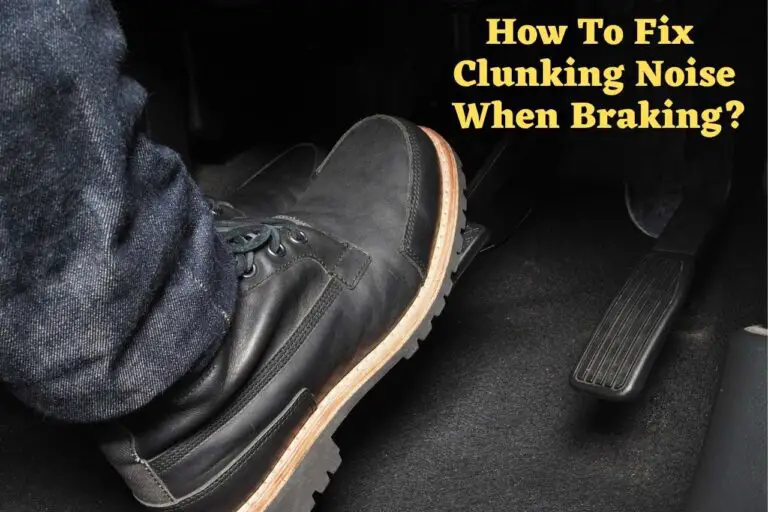
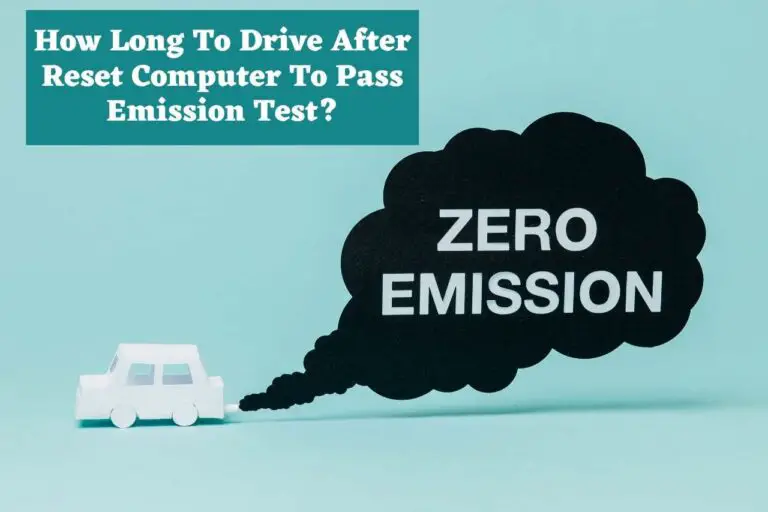
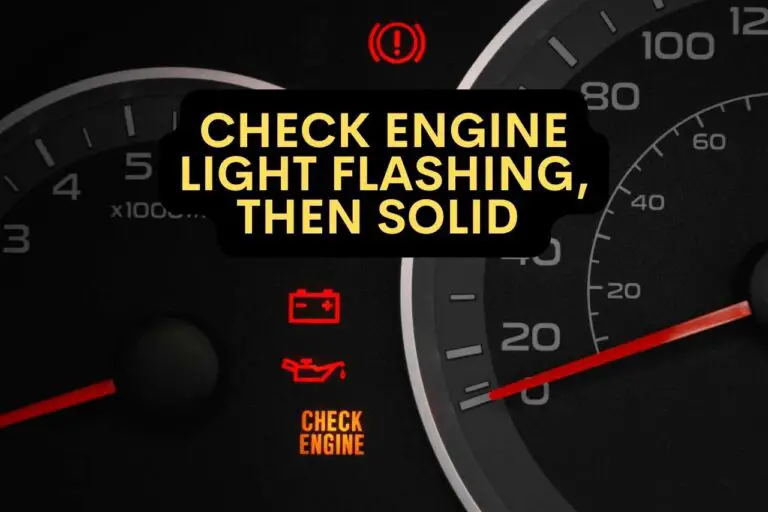
![Hearing A Rubbing Noise From Front Wheel When Driving [SOLVED]](https://newlygen.com/wp-content/uploads/2022/06/Rubbing-noise-from-front-wheel-when-driving-768x512.jpg)
